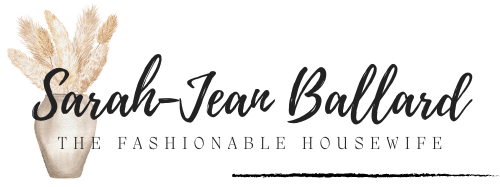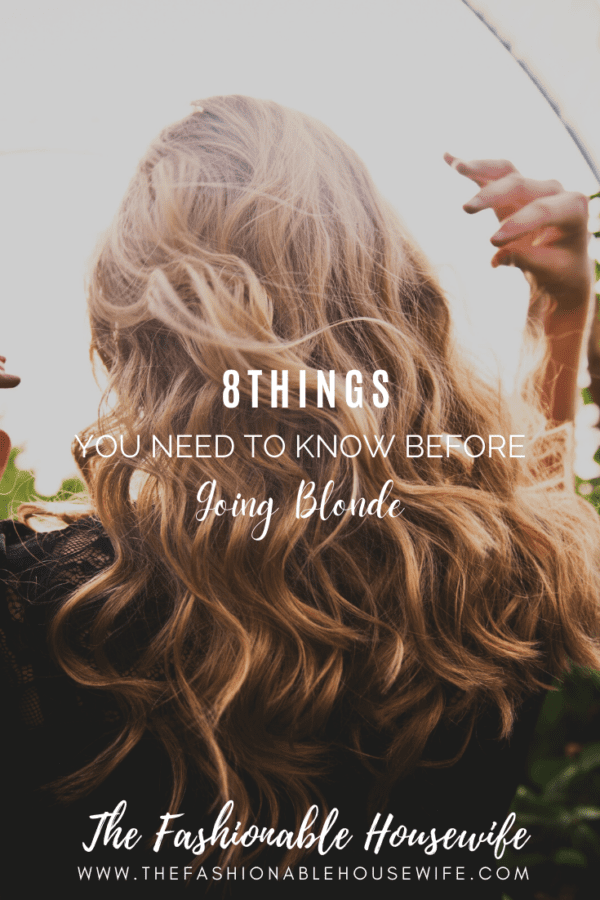
Going blonde is highly challenging, and it’s not something you should do on the spur of the moment! It’s one thing if you’re already somewhat fair-haired and enjoy the occasional blonde highlights, but a brunette becoming a blonde is a significant undertaking. Therefore, going blonde should be viewed as a marathon rather than a sprint.
That isn’t to argue that having blonder hair doesn’t have its advantages. Blonde tresses, when done correctly, may brighten your overall appearance. Using light to frame your face can make you look a bit younger, as well as bring out your eye color.
So you’re considering a change in hair color? Which blonde color are you going to apply? It’s like a feast with light blonde, deep blonde, ash blonde, golden, silver, buttery, creamy, caramel, or strawberry. However, with so many options, dying your hair blonde isn’t as straightforward as it appears. We’ll go over the top eight things you should know before going blonde.
You Should Not Try This at Home!
Never try to bleach your hair at home, especially if you’re a dark brown who is going blonde. Home bleach, like any product, comes with a lot of fancy promises about how easy it is and how fantastic you’ll look after using it. Don’t believe it! It will be more difficult and expensive to correct a bad bleach job than to have it done correctly in the first place.
You should buy the best and most authentic color from the shop. For this, You can check here: beautygab.com. Also, you’ll need a skilled hair colorist who can treat your hair like royalty and give you a natural golden glow look too.
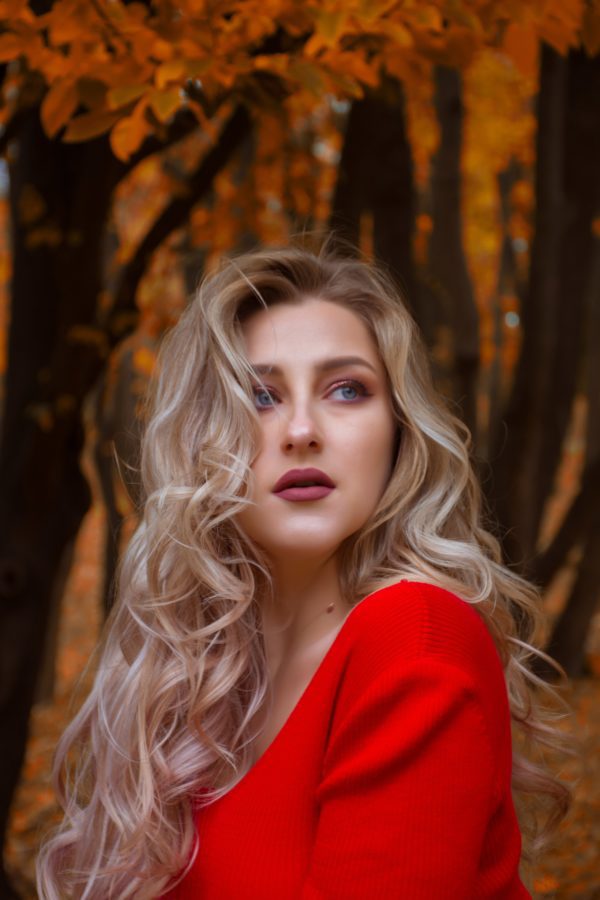
Choose According to Your Skin Tone
Talking it over with a professional colorist is the best approach to finding the appropriate shade. “Taking images of blonde hair you like is a great beginning point,” says an expert. But keep in mind that you may have to adapt that tone to suit you.
Finding the right blonde for you isn’t always straightforward, and there are no easy ways to tell if it will look good on you. It all depends on your coloring and preferences, but your eye color and skin tone are also important considerations when choosing a hair color, whether bright or dark.
Perform a Patch Test Before Going Blonde
Before applying a new color to your entire head, test it out on a small portion of your hair. You don’t want to end up with a disaster on your hands if you don’t like it! Your skin can look aged and washed out if you use a color that is too ashy. Worse, if the dye ingredients don’t sit well on your skin, you could develop a scalp problem.
Do Not Believe the Images on the Box
Many women believe that the picture on the package accurately depicts their hair color. The problem is that the model’s natural hair color may differ from yours, affecting the final effect.
To figure out what hue you’ll get, look at the letters and numbers on the box. One is the darkest, and ten is the lightest on a scale of one to ten. The letters denote the undertones of the dye: Ash is represented by the letter A, gold by the letter G, copper by the letter C, and neutral by the letter N.
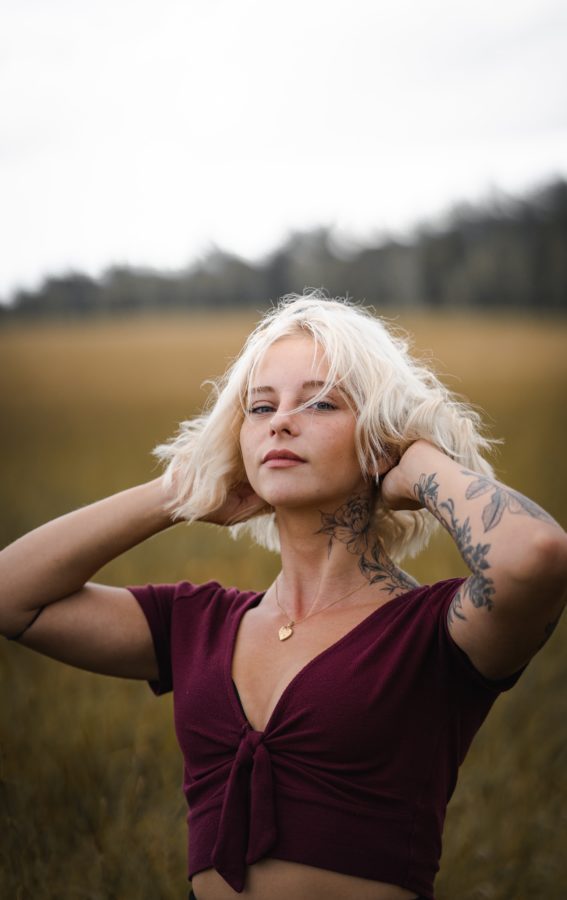
Seek Guidance From an Expert
You may get a DIY (do it yourself) hair bleaching kit from a store or order one online, with potentially terrible results. The guidelines are generic and do not take into consideration the type of hair you have. You could wind up burning your tresses if you use excessive hair bleach or leave it on for too long.
A professional hair color treatment is your best option to acquire blonde highlights or a full-head color without causing hair damage. A salon specialist will examine your hair and apply the correct amount of bleach. If you’ve decided to go too light, the expert can advise you on how many bleaching sessions you’ll need to reach your goal. In addition, they will recommend items that prevent fading and make the color last longer if you choose pastels or other latest fashion hair color alternatives.
Hydration is Extremely Important
Hair that has lost its capacity to absorb moisture isn’t particularly healthy, and it’s challenging to style. Unfortunately, most users choose the flat iron to smooth out the frizz for a glossy finish, exacerbating the problem. Go easy on the heat, and hydrate your hair daily to keep it from becoming brittle. The answer is a leave-in conditioner, which is simple to incorporate into your hair care routine.
Everyday styling impacts your hair’s health, so just as you apply a daily moisturizer to your face, you should do the same for your hair. A leave-in conditioner is a moisturizer that provides heat and UV protection, combats humidity, and improves styling.
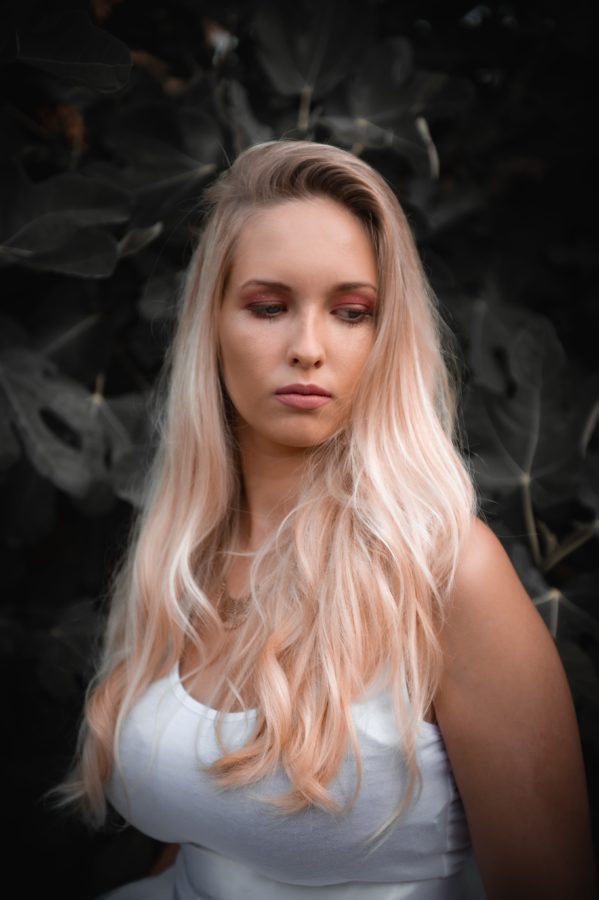
Apply Sun Protection
Before stepping out in the sun, we worry about our face and body, but how often do we worry about our hair? UV radiation exposure is one of the leading causes of hair damage in blondes, and it can result in a variety of problems.
The sun’s UV radiation can make blonde hair lifeless, dry, and brassy, turning cool tones yellow. The fantastic thing is that there are relatively simple remedies available to prevent this from happening. The most significant stage is to get a good heat protection oil.
Try Not to Wash Your Hair Daily
More than any other type of hair, bleached blonde hair requires natural oils to heal itself. So even if your hair starts to feel greasy after a day or two, try to wait a few days between washes in the beginning. Your hair will eventually begin to regulate itself, and you will be able to go longer between hair washes, keeping your hair in better condition.
The final advice I have for you is to be completely aware of the exact color you choose for your hair before going blonde. Many people who significantly change their hair color end up regretting it. Regular bleaching or coloring of your hair can harm it. Before you decide on going blonde, do some research. Instead of mindlessly following the latest fashions, choose the perfect hair color and style for you and your lifestyle.
